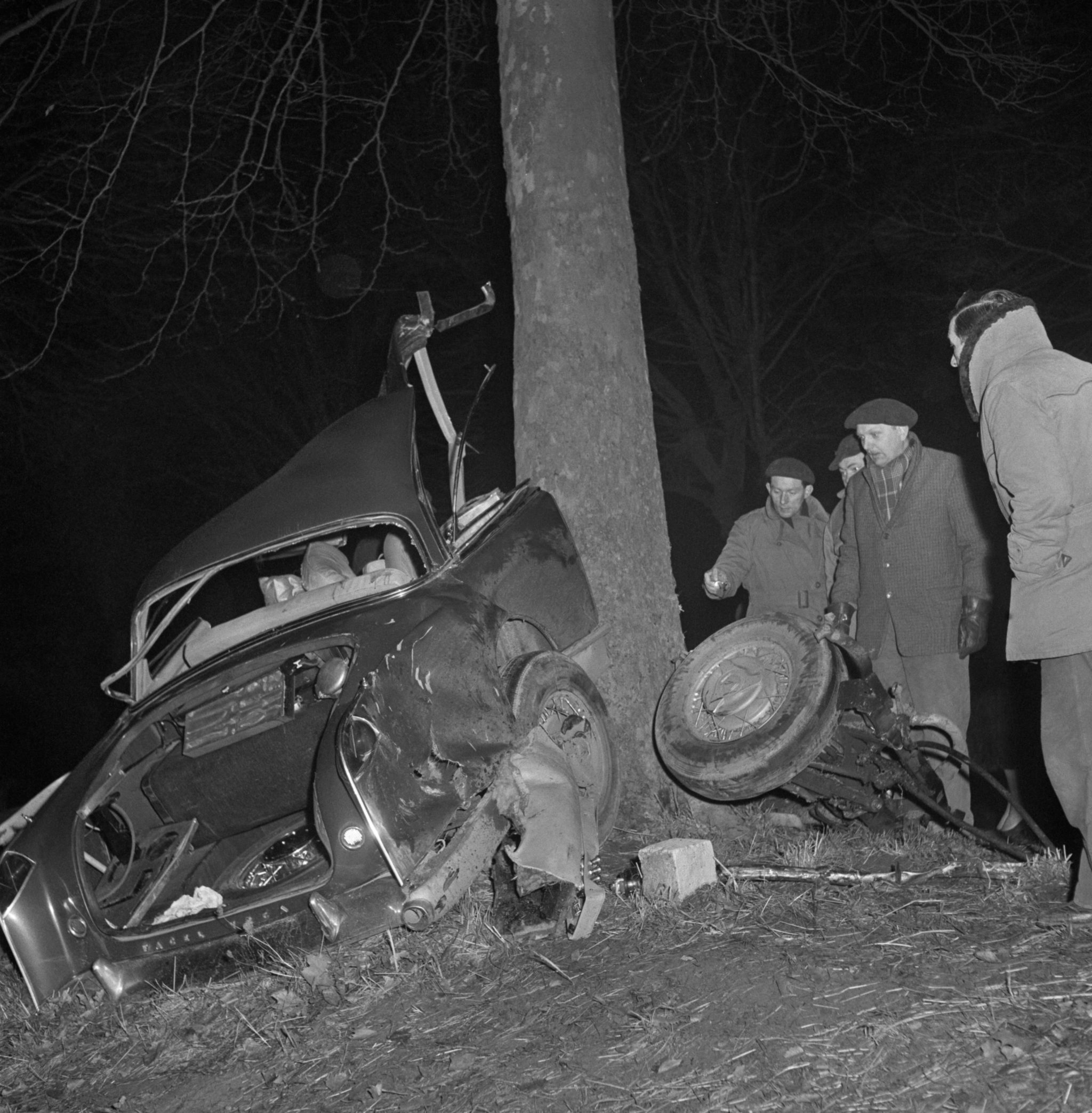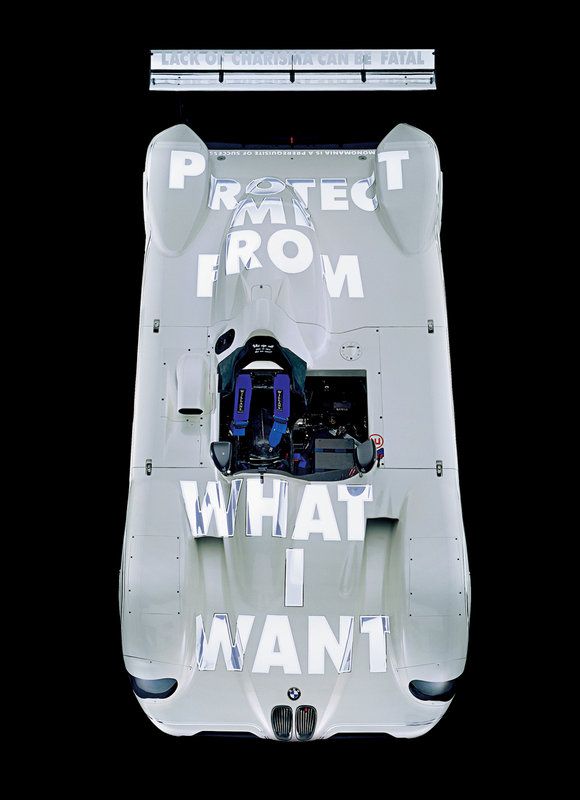What Karl Marx Taught KENNY SCHACHTER About the Art World and Classic Cars
|David Jenal
For the past two decades, the controversial art world fixture Kenny Schachter has amassed an impressive collection of 13 classic cars, featuring a Porsche RSR Prototype, a 124 Abarth Spider, and two concept cars by Zaha Hadid, among others. Sitting amongst the collection — bathing in the smell of petrol and leather varnish — he spoke with David Jenal about anarchy in the art world:

David Jenal: Not fitting into any mold seems to be a precept for you. You are involved in the art world in basically every way possible and now, for the first time, you are also showing your collection of classic cars.
Kenny Schachter: Karl Marx once said, “Why can’t you be an economist in the morning and a fisherman in the afternoon?” That’s really how I base my whole life. I’ve taken a lot of shit and probably set myself back commercially by ten or 15 years. I applied to the Basel fair some decades ago and one of the heads of the committee said: “Who does Kenny Schachter think he is? He is like a dilettante. He thinks he can make art and write about art and sell art and curate shows all at the same time.” I think you should be able to do whatever the hell you want if you do it with integrity and transparency. Life is so infinitely short and you have so little time on the planet. I’m not going to listen to anyone’s notion of what I should or shouldn’t do.
At the press conference for the opening of Design Miami, the media spokesman called you “the ‘bad boy’ of the art world.” Can you relate to that?
I think I’m called “bad” just because I tell the truth. I’ve been threatened with 25 lawsuits over the last five years because of my articles. People wanted to kill me. Telling the truth is an alien force in the world of art, it freaks people out. I only talk about what I see and what I’ve experienced through my own eyes and ears and people sometimes have an aversion to that. The art world is like the mafia. There is an unwritten law that you’re not supposed to speak about the principles of the market, the way transactions work. I had never been to a gallery until I was in my mid-twenties. When I went in, I was so in shock of the way they treated people and how they look you up and down. My entire career is a reaction against this first experience. I used to work in fashion for a couple of years. Fashion is pretty shallow, obviously. But the art world sometimes can be even worse. It’s not only shallow, it’s mean-spirited.
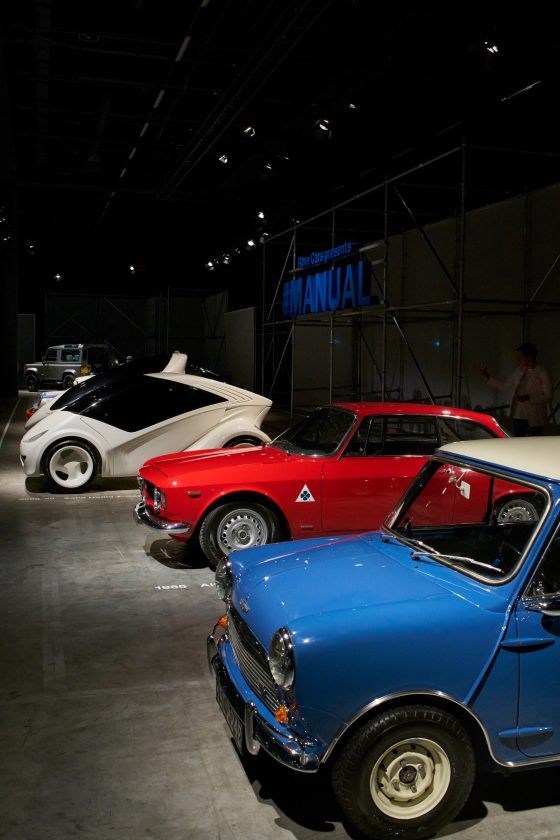
How does your passion for cars tie into all this?
I became attracted to cars when I was a kid. I grew up kind of alienated and isolated in the suburbs of New York in Long Island in a family that had zero exposure to fine art. I reacted to cars visually from the point of their industrial design and aesthetics. I was never into road racing and I’m not terribly interested or very good in any sports, but I was drawn in by the beauty and the aesthetics of cars. Because I didn’t have the financial resources, it wasn’t until 14 years ago that I began to collect cars.
Some of the cars you are showing at Design Miami are quite small. Is there a reason for this?
The cars are compact in stature. On a practical level, the roads in England, where I live, are very narrow. I’m not a very good driver and can’t navigate the streets with bigger cars. But I just really love the bespoke quality of these cars. Once regulations took over the whole design process, it all became pretty boring. Basically, there are no cars that I’m particularly interested in that were made after the 1990s, which is when these regulations took hold.
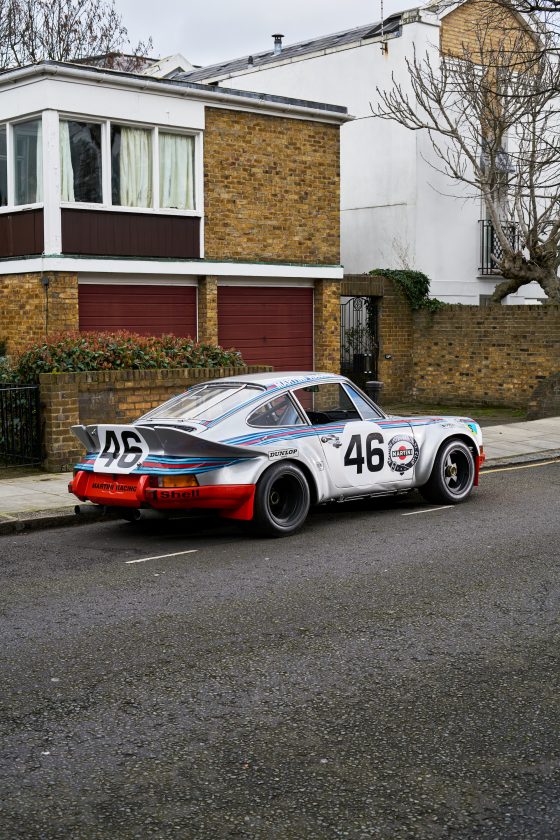
A Porsche racer is one of the highlights of the collection. What’s the story behind this particular car?
It’s a rare factory prototype that was raced in Le Mans in 1973. It has a very special spoiler in the back. The nickname of the car is “Mary Queen of Scots” because the tail at the back emulates the colors that she frequently wore. That’s unusual. And as much as I’m really not attracted to race cars per se because I like to use the cars on the road from time to time, I was just seduced by the beauty of the lines. It’s absolutely one of the most evocative forms I’ve ever seen.
Your car collection features two futuristic, elegant concept cars by Zaha Hadid, which both bring together aerodynamic performance and functionality. How did this come about?
Because of my privileged relationship with Zaha and because of my love of cars, I was able to have her design two car prototypes and a boat for me. I curated a half a dozen shows of Zaha’s all over the world. She lived a very humble life. Her flat in London was piled up with her designs – it looked like a showroom. Zaha didn’t just propose these adventurous and difficult designs to other people, she lived the life herself. Strangely, her work reminds me of Donald Judd. Her art became furniture and her furniture became art – in the same way that it happened with the kind of utopian city that Judd built. Like Zaha, I’m very interested in a non-hierarchical, more democratic approach to design where you don’t differentiate between anything that is done well and beautifully. Whether it’s a car, a spoon, or a painting.

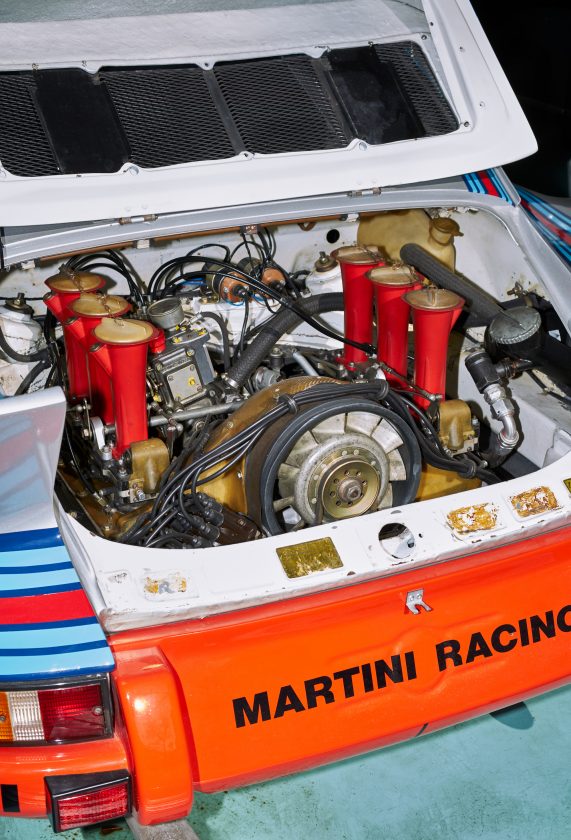
Another architect you used to work with a lot is Vito Acconci. I’ve read about Vito designing fair stands for you, which basically blocked the alleys of Art Basel and almost took down the fair’s booth structures.
Yes, Vito designed fair stands for me and an exhibition space that I ran for two years in New York before I moved to the UK. It was based on the architect Friedrich Kiesler’s Art of This Century Gallery initialized by Peggy Guggenheim in the early 40s. Galleries are so clinical these days and there is a kind of architectural fascism that you see with these white cube spaces. At the Art of This Century Gallery, there was a little tray that circulated, displaying different works of art, and they had these chairs that had 18 different functions. It was this way of thinking that led to the gallery project where I worked with Vito to organize the space. You could literally pick up panels in the wall. You could lift a seat out of the wall. It had this transformative quality. I see so many different possibilities and alternatives to the traditional way that galleries function. It’s the same with throwing cars into this design fair. Inside the cars, there is furniture. There are seats to sit on. So, what’s the difference?

What attracted you about Vito and his work in the first place?
It’s going to sound a bit perverted, but Vito was mostly known for a piece called Seedbed which he did in 1972 at Ileana Sonnabend Gallery in New York. In the piece, he installed himself under a fake floor in the gallery and proceeded to masturbate for hours during the course of his exhibition. Such a provocative act in the name of art, for me, rather than being grotesque or disgusting, really was a beautiful gesture that addressed that any act that is deemed art, could be art. It really opened my mind to the possibilities of being involved in art. Vito was a nomad in his life and career. Ultimately, he ended up as a practicing architect. The market and the general public had a more difficult time relating to him because he didn’t fit any of the molds of how artists would typically function. The market loves to affirm success. The artists that seem to be the most commercially successful are people that repeat themselves ad infinitum, practically.

Speaking of this democratic approach to design and art, what about the prices of the design objects and the artworks shown in Basel?
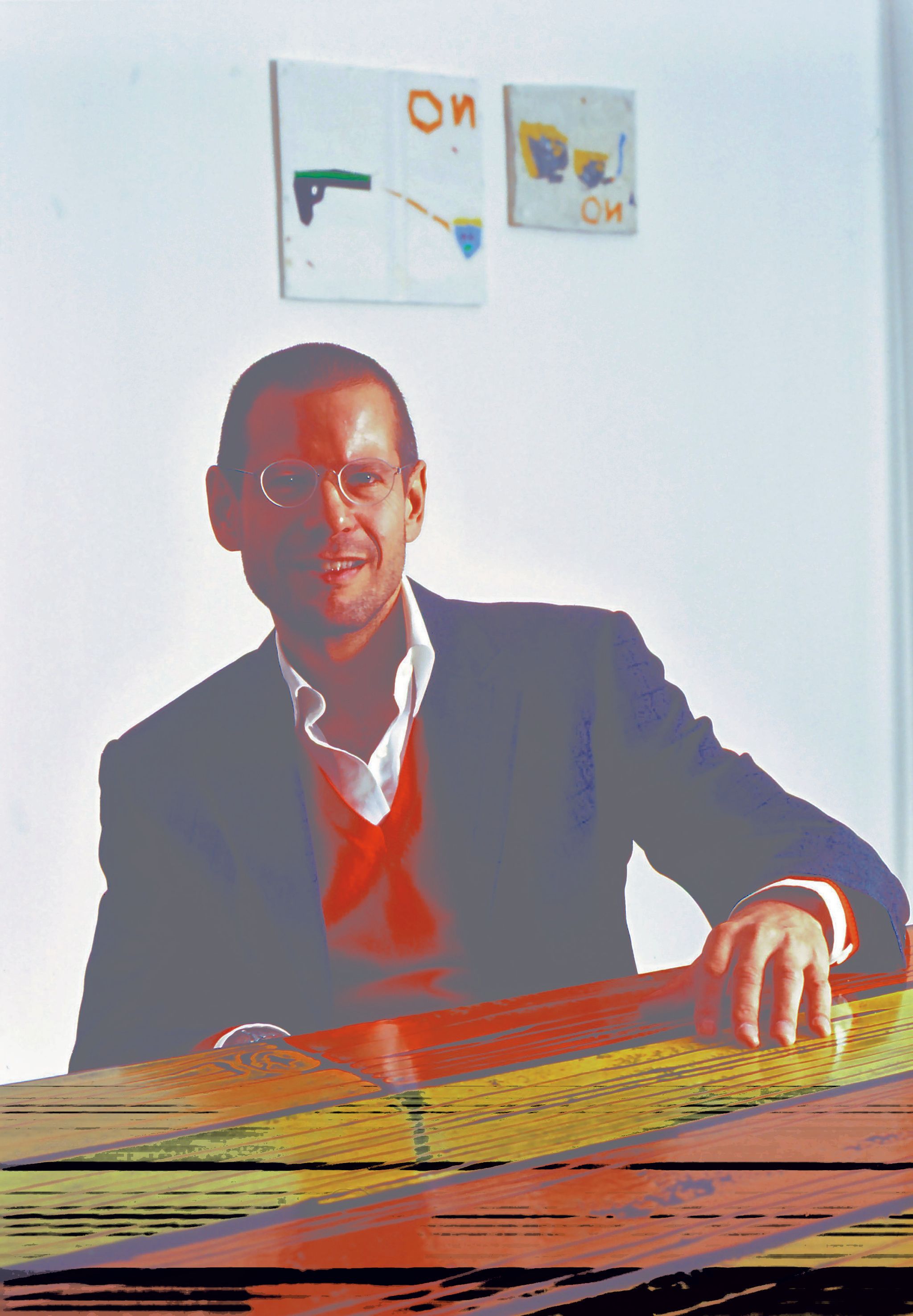
People are dismissive of design and art fairs but you can turn around and buy a great chair or a great piece of art for a couple of hundred bucks, if you look hard enough. I don’t believe that art, cars, or design are imperatively expensive. Some of the cars I’m showing cost between 5,000 and 10,000 Dollars. Again, it’s really about the appreciation of the underlying quality of something. That money side just completely turns me off.
You brought your kids to Basel with you. Are they allowed to drive your cars?
If my kids so much as got into one of my vehicles, I guess I’d hit them. Don’t tell the authorities. No, in reality, I would just disown them and stop promoting their burgeoning young art careers. And I will ensure they read this.
Credits
- Interview: David Jenal
